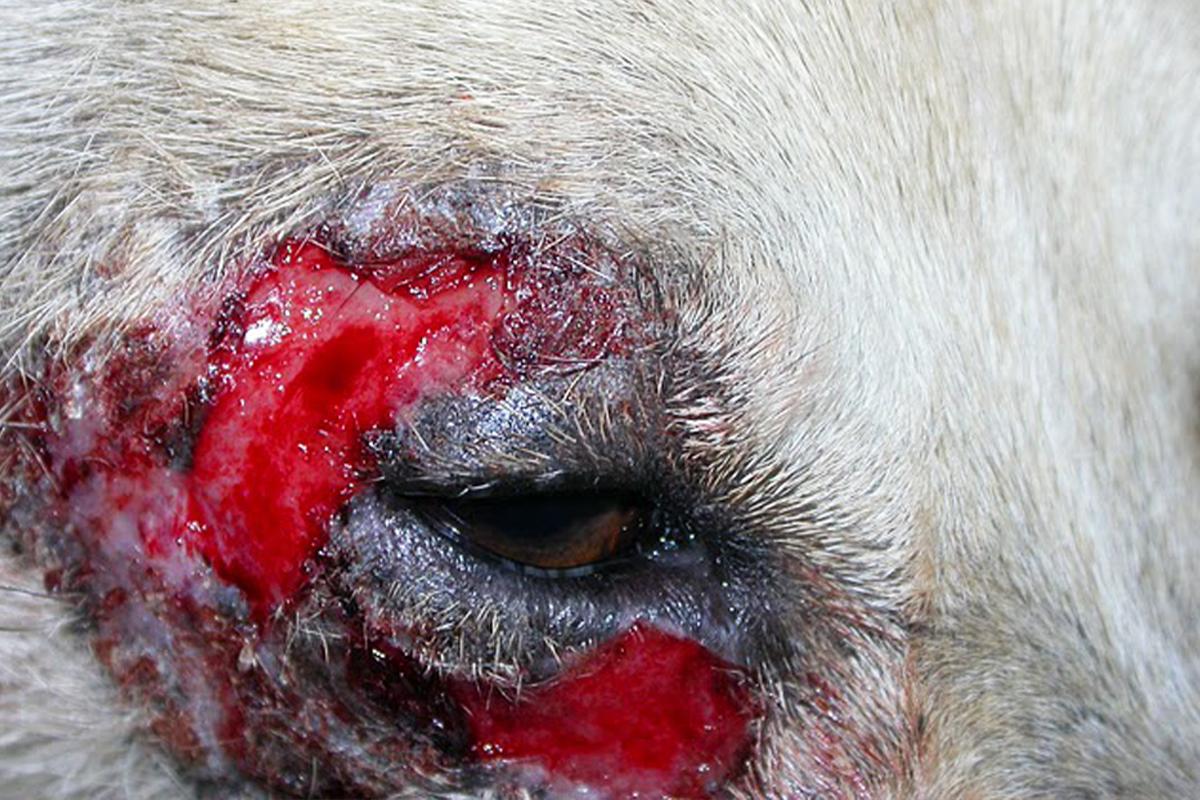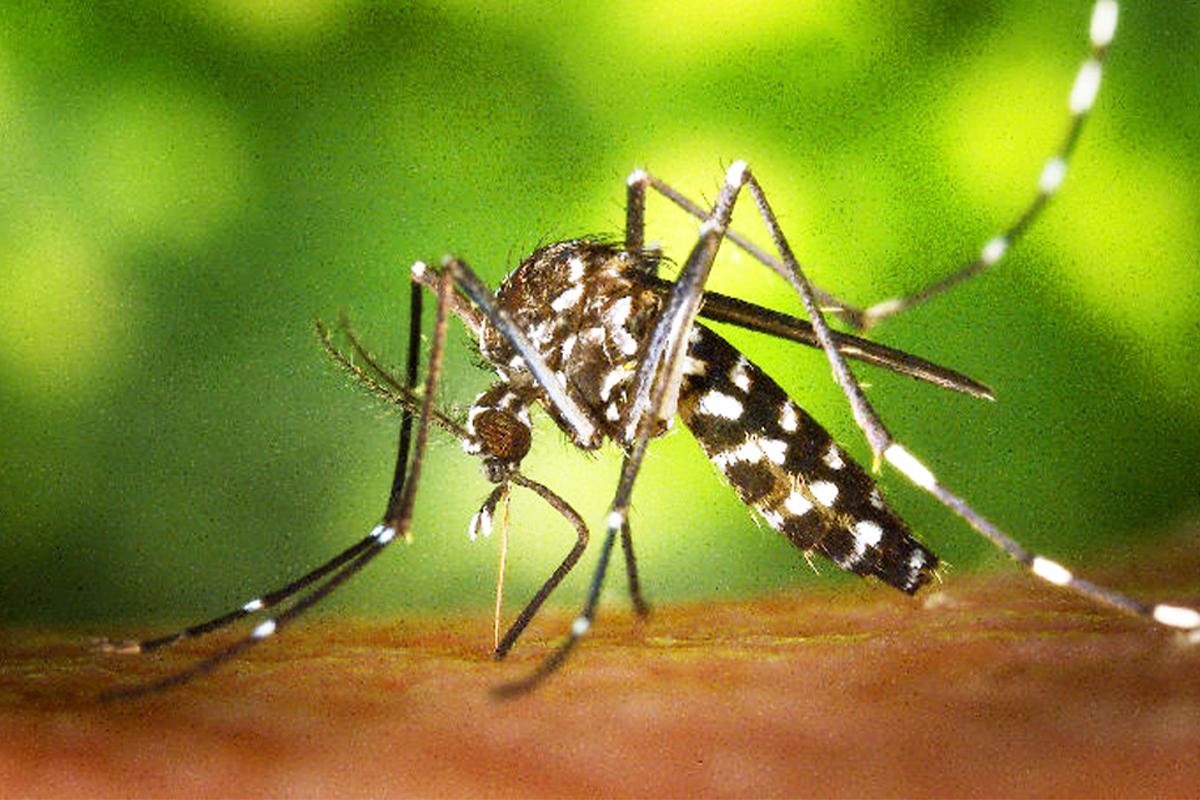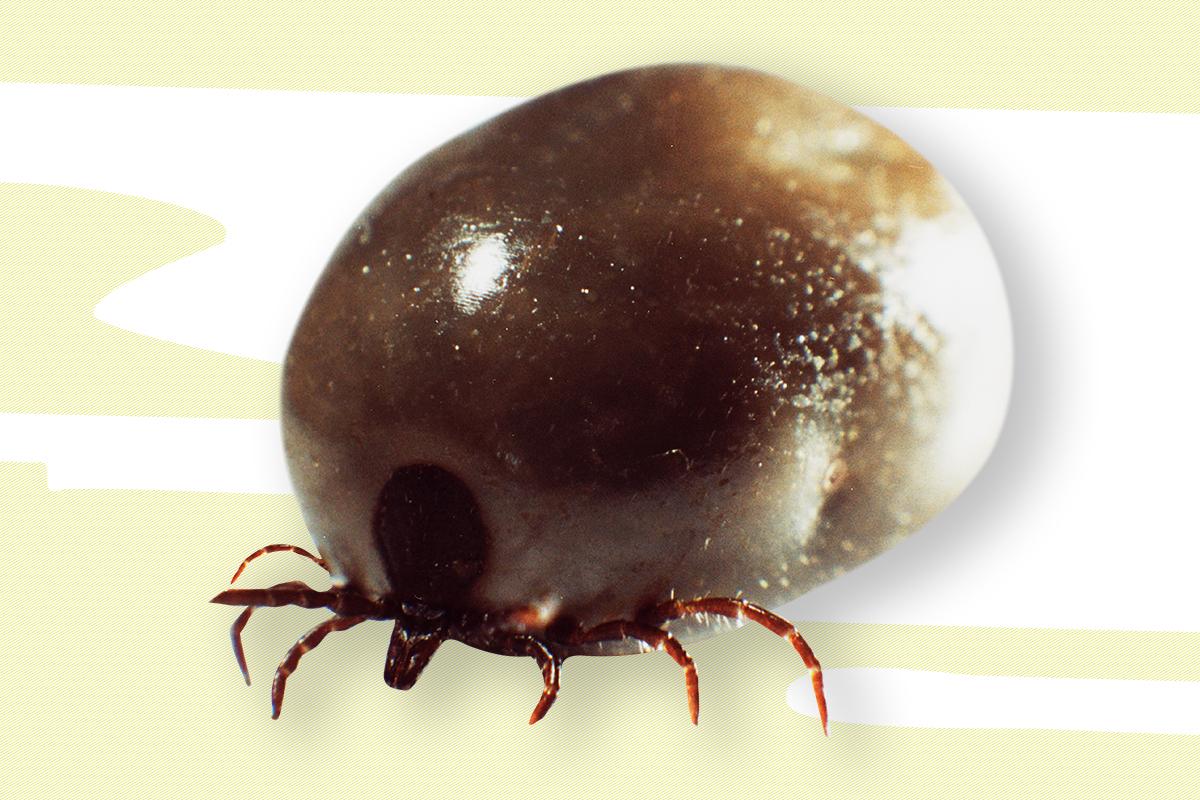
Dogs, mosquitoes and ticks represent three examples of how global climate change can lead to the spread of diseases that should normally be limited to certain regions. Here is our selection on the subject of “climate change”.
Leishmaniasis in Dogs and Humans

Sand flies transmit the dangerous pathogen of leishmaniasis to dogs and humans. Every year around 500,000 people are infected worldwide. What is problematic is the unbridled import of infected dogs from the Mediterranean region into previously leishmaniasis-free northern countries. The infected dogs present a significant reservoir of pathogens. Since sand flies have expanded northward because of climate warming they can become infected by these dogs and pass the infection on. This is why the importation of dogs from risk areas must be placed under control. Travelers should be informed that dogs they take with them to southern Europe can become infected. Therefore, a veterinary inspection is important when importing dogs from high-risk countries.
Around the World in Car Tires

The Asian tiger mosquito has spread unstoppably across the globe and is today one of the most dangerous carriers of viral diseases around the world. After becoming established in the Caribbean and South and North America this mosquito is now conquering Europe. Its larvae live in the smallest puddles of water and were introduced through the international trade in used tires as well as through “lucky bamboo” (Dracaena sp.) exports from Asia. In the Asian countries of origin there are northern, cold-resistant and tropical, warmth-loving populations. Cold-resistant strains are of great significance for the populations of northern areas such as North America and Central Europe.
Ticks on the Advance

The distribution of the estimated 850 tick species known worldwide is dependent on temperature and humidity. Global warming favors the expansion of their distribution areas to the north and allows parasites to climb into the heights of the mountains. In mild winters some ticks no longer hibernate, but remain active the whole year through and penetrate quickly into new habitats. Ticks are not only bothersome bloodsuckers, but also carriers of viruses, bacteria, and protozoa that can cause dangerous infectious diseases.
Here you get back to the overview.